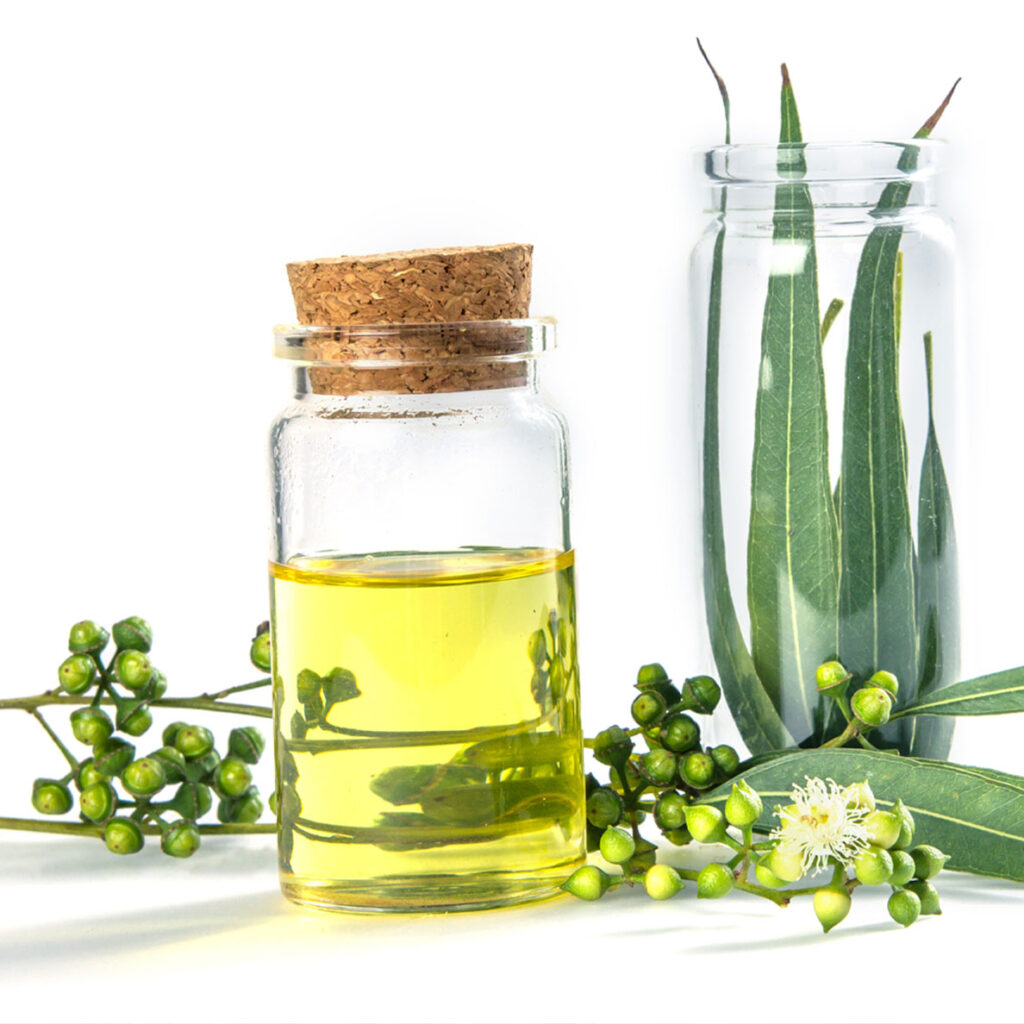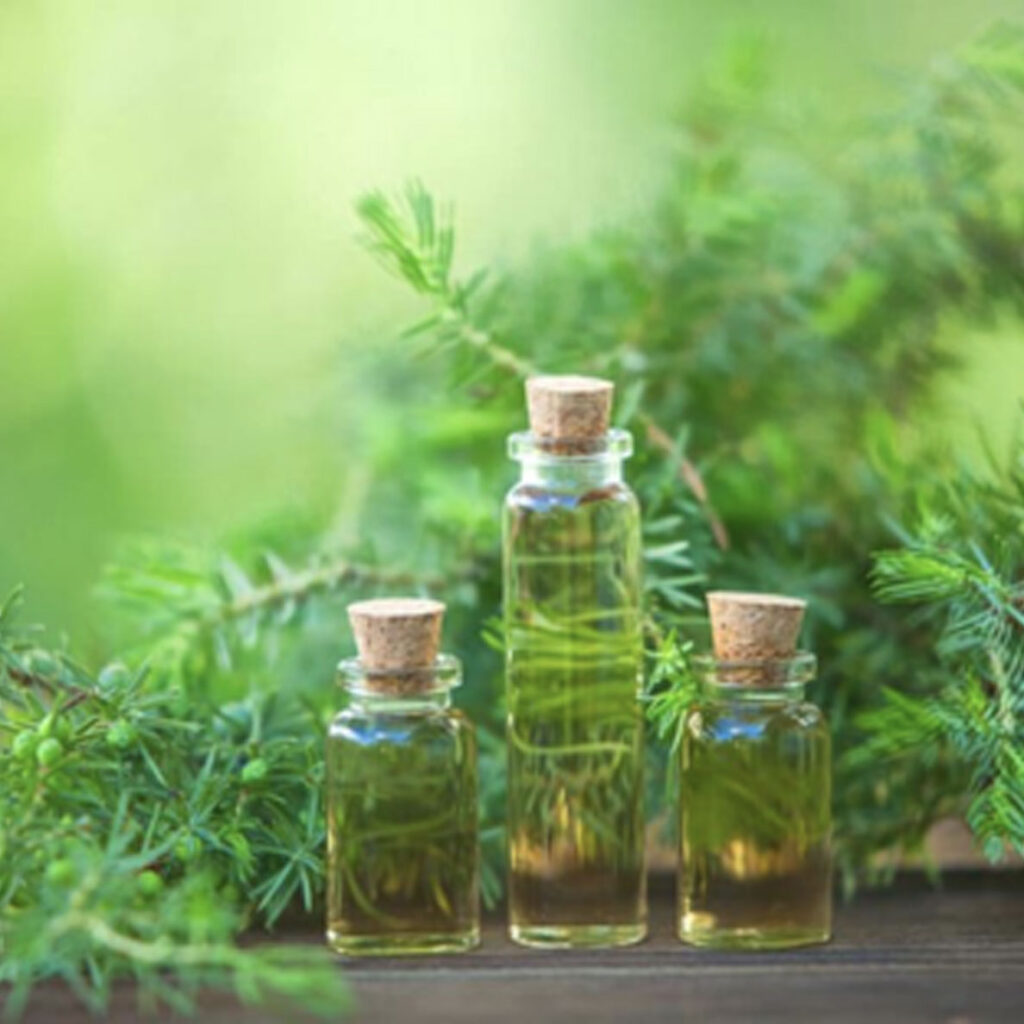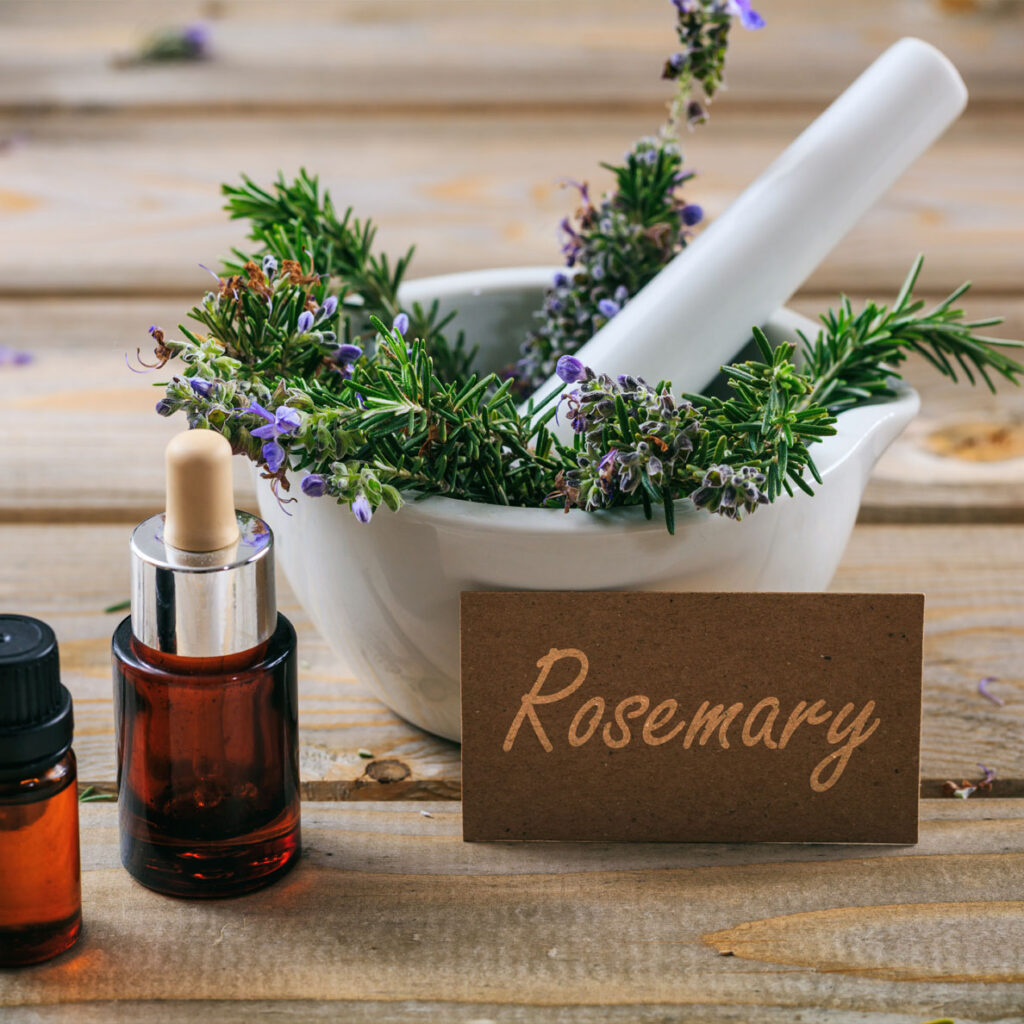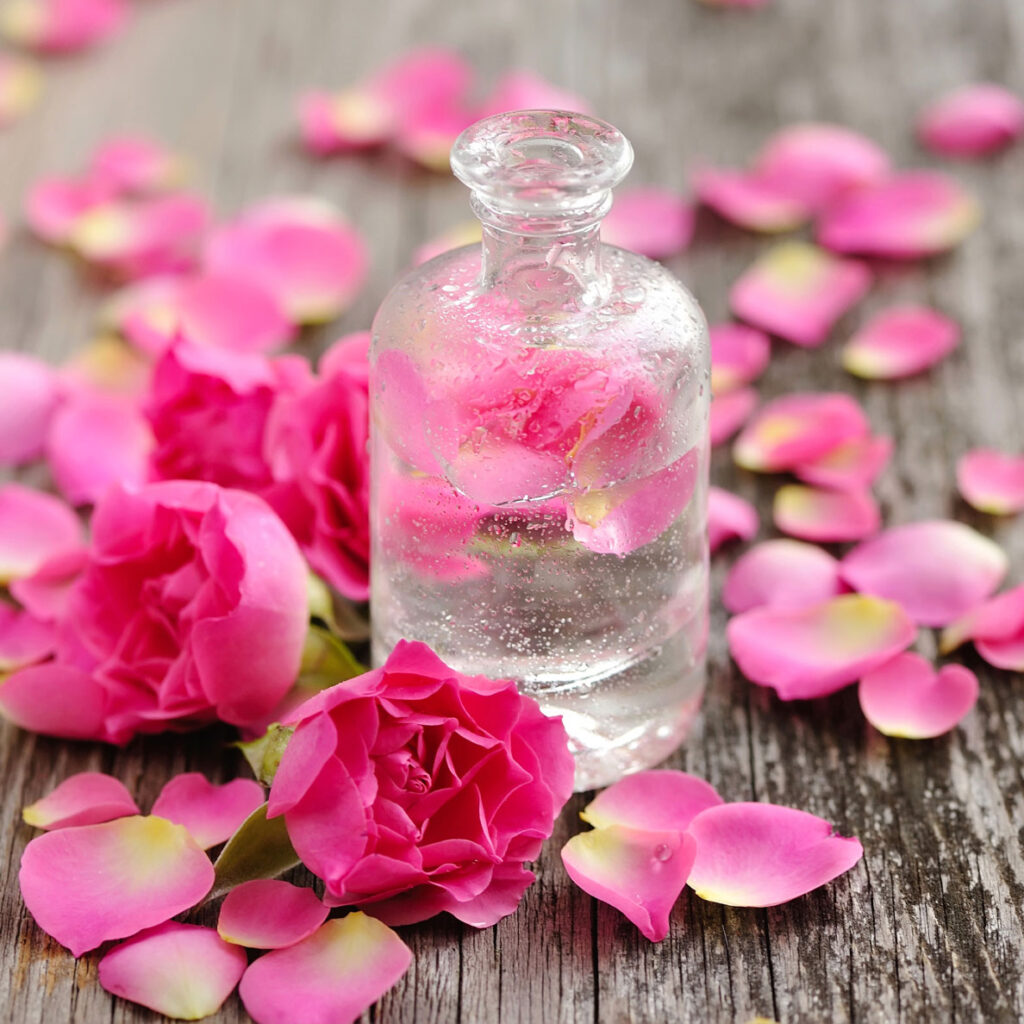Healing Essential Oils
Once you start getting into essential oils more seriously, you’ll want to have a collection at home that is readily available for their myriad uses. Everyone has their own preferences and tastes as to what they enjoy, so it is a good idea to explore different types and find the ones that suit you the best. Here is a list of our 10 favorite, everyday essential oils and their benefits:
Lemon:
A common ingredient for household cleaning supplies due to its fresh and uplifting scent. Typically pressed from the peels and pith of lemons, the citric acid in this fruit kills bacteria and provides a fresh, purifying odor. Obviously it’s a great oil for use in cleaning the kitchen and can be used on just about any culinary tool, but lemon oil can also be used to clean clothing.
For personal use, lemon can be used topically as a skin treatment due to it being a source of d-limonene, a common ingredient in cosmetic products. Limonene promotes circulation, and helps with wrinkles and toning. Lemon oil is also said to have an anti-anxiety/anti-stress effect when used for aromatherapy.
Peppermint:
One of the most common oils, familiar to nearly everyone, peppermint oil is used in everything from toothpaste, to chewing gum and body wash. Its antiseptic properties are powerful, hence its inclusion in nearly all of our personal hygiene products. But peppermint can also be used as a digestive aid and is also helpful for headaches and fevers.
Topically, peppermint oil is great for sore muscles. Menthol is derived from peppermint and similar oils. It is often used for physical aches as a muscle relaxant and for its cooling effect. The scent of it can also act as a stimulant that clears the head when pain is the only thing you can focus on – this can also give you a pick-me-up when you’re tired.

Eucalyptus:
A great essential oil to be used as a topical muscle relaxant and respiratory remedy; that’s why it’s used in vapor medicines and warming/cooling rubs. Eucalyptus oil has antifungal, antimicrobial, and anti-inflammatory properties – the jack of all trades. It is beneficial to those suffering from bronchitis, sinusitis, congestion, and even asthma.
Aside from its generally pleasant, clean aroma it can also induce mental clarity and boost your immune system. It’s truly a multi-faceted oil.
Sandalwood:
Known to have a calming effect that also increases clarity, harmony and peace, sandalwood is one of our favorites as a sedating scent. Most commonly used in incense and body oils, sandalwood has a sweet, spicy and earthy aroma. Sandalwood is known as a natural aphrodisiac that will increase libido, stamina and energy, and is great as a massage oil.
Like many other oils used topically it is antispasmodic, anti-inflammatory and good for preventing age-related skin issues. It has also been proven effective in decreasing systolic blood pressure for those with hypertension.
Cinnamon:
Cinnamon oil exudes feelings of warmth, coziness, and exotic, spicy flavors. You’re probably very familiar with cinnamon, but not necessarily all of its benefits. Cinnamon is also great as a topical soother for muscle pains, due to its analgesic properties. It is also known as an antispasmodic oil, preventing or mitigating muscle spasms.
It can also increase blood flow, due to its ability to dilate blood cells and enhance nitric oxide function. This helps to improve circulation while also decreasing inflammation. It is also known to help fight free radicals – the atoms that can cause cancer.
Rosemary:
Another oil with antioxidant and anti-inflammatory properties, Rosemary oil is commonly found in health and beauty products, due to its varied properties. Obviously, rosemary is used most commonly in cooking, but this herb’s medicinal value is also extensive. Rosemary has been known to support nerve growth, improve circulation, and even improve blood flow to hair follicles.
As far as your hair goes, rosemary can also help with dandruff, itchy scalp, and premature graying. It’s beneficial for your flowing locks and the nerve endings responsible for their growth, making it a great oil supplement for your hair treatment.

Tea Tree:
Also known as melaleuca, tea tree oil is used as an antiviral, antifungal, antibiotic, and expectorant, having some of the most medicinal properties out of any of the others. It even has cancer fighting properties shown to slow the growth of tumors in rodents.
Topically, it can be used to naturally treat skin conditions like acne, without completely drying out the skin like most treatments do. It is great for treating blemishes and moisturizing the skin, while also used as an effective hand sanitizer.

Lavender:
One of the most common oils for air fresheners and aromatherapy, lavender is an oldie, but a goodie. It can also be used in first aid applications to help treat cuts and wounds. It has antispasmodic, anti-anxiety, antimicrobial and antibacterial properties, making it great for anything that we put on our skin.
For the insomniac or person struggling to get to bed, lavender helps decrease anxiety and stress, while promoting drowsiness. Putting lavender oil on your sheets and pillows will help in that battle to fall asleep. It is also another one of those oils that can ease muscle tension and provide a calming sensation that helps enhance deep slumber.
Myrrh:
Another oil that benefits oral hygiene, Myrrh can help treat gum disease and infections in the mouth. Oral or otherwise, myrrh can treat ulcers and wounds and may even be an effective treatment for skin cancer.
Myrrh is anti-parasitic and anti-fungal for minor skin conditions involving ringworm, athlete’s foot and parasite fascioliasis infections. Internally, myrrh can help with digestive issues that normally might be treated with bismuth subsalicylate, including gas, upset stomach, indigestion, etc.

Rose:
Rose oil, aside from its association with love and romance, has many surprising health benefits. Maybe the reason that the rose has become symbolic of love is not just because of its physical beauty, but because rose oil has psychological effects that boost confidence, self-esteem, and act as a natural antidepressant. And of course, it’s a natural aphrodisiac.
Physically, rose oil is also good for treating wounds, reducing inflammation and protecting against viruses. It is a natural astringent that is good for the skin and hair, while also capable of strengthening teeth and gums.
With essential oils having such broad applications, it’s no wonder they’ve been around for so many years and continue to be used today. Their medicinal value is still maintained in our modern medicine, but with many chemical ingredients and compounds that mask their organic value. If we can cut out those synthetic ingredients and focus more on the organic compounds found in essential oils, we may be able to solve some basic ailments without putting so many chemicals into our bodies.

Pyramid Therapy: Often referred to as an energetic, or cosmic antenna, pyramid energy tools are thought to activate the pineal gland, third eye chakra, or the geometric center of the brain which produces the calming hormone called melatonin, which regulates the body’s natural rhythm. “Pyramid,” comes from the Greek words pyra, fire, and mid, middle, translating into “fire in the middle.” Energy healers who incorporate pyramid therapy in their practice believe that these tools can assist with stress reduction, improved sleep, concentration, and an overall higher vibrational energy.
When you are ready to go deeper into your understanding of how the flow of energy informs every part of life, turn to one of the most established and popular spiritual healing in the world – Nelis Bahder.
Nelis transformed her own powerful voyage of personal discovery into a dynamic, modern system for looking at total wellness, as described in the Program of 21 Days.
